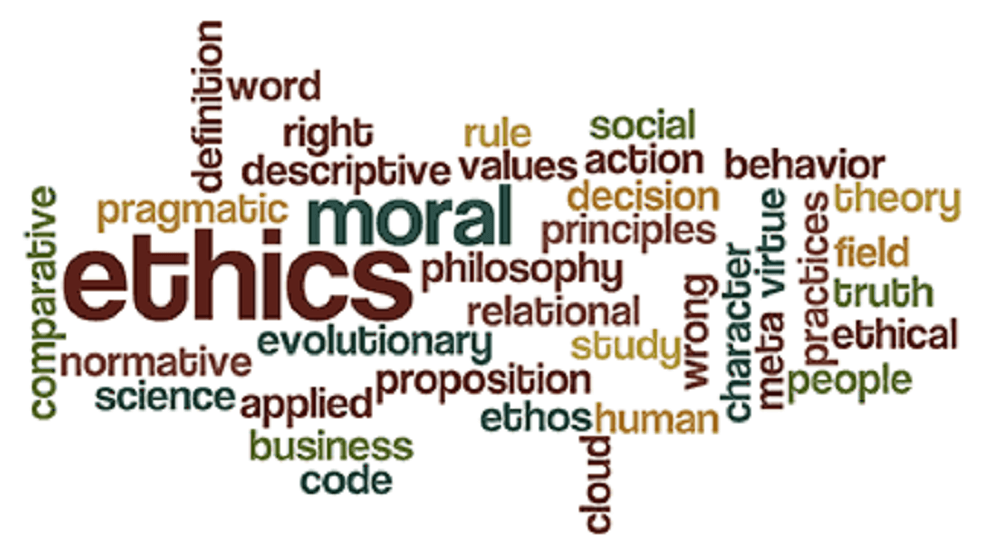Characteristics of Corruption:
- Occurs and takes on various forms and functions in different contexts.
- Petty vs Grand Corruption
- Collusive vs Extortive
“Corruption is indeed one of the greatest evils of our time. Corruption rewards those who do not play by the rules and also creates a system of distortion and diversion thereby destroying all efforts at constructive, just and fair governance…it is true that our continent has witnessed sustained growth over the past two decades. Nonetheless, public confidence has been eroded by a focus on short-term priorities and payoffs, propelled by corruption, which too often leaves projects uncompleted and promises unfulfilled” (president Buhari of Nigeria, African Union 2018).
“Corruption is a market mechanism for privileged access” – Prahalad
Why corruption matters: Costs
Globally, corruption amounted to roughly 2% of global economic output — between $1.5 and $2 trillion (IMF, 2016).
Africa is losing approximately $88.6bn annually to capital flight.
Corruption impacts every aspect of society.
- Loss of output due to misallocation of resources, distortions of incentives
- Welfare costs: effects on the distribution of income
- Undermines public trust in the government
- Could lead to political and economic instability
Theories that explain corruption
Corruption is a complex phenomenon, no one theory explains it all.
- Principal/Agent
- Rational Choice / Game Theory
- Collective Action
- Idealistic theory
- Institutional theory
Principal-agent theory/problem (Klitgaard, 1988; Shleifer and Vishny, 1993)
- Principal contracts agent
- Agent performs action – principal does not see – agent prefers a different action to principal – and can lie.
- Outcome depends on action of agent and state of the world (netiher observable to principal)
- If action is wrong for principal – lower expected payoff.
Public(rational) choice theory
Rose-Ackerman (1978): public officials are corrupt for a simple reason: they perceive that the potential benefits of corruption exceed the potential costs.
Value of the Bribe received > Probability of getting caught and punished.
Collective action theory
Emphasizes the importance of factors such as trust and how individuals perceive the behaviour of others
Idealistic theory
People’s ideas influence their culture, behaviour, organization of their society.
Corruption is the nature of social and moral values prevailing in the society (Nkom, 1982).
Explains corruption in terms of some selfish ideas, which are prevalent in the value system of the society (Anazodo, Okoye, & Ezenwile, 2012).
Game theory
Macrae (1982) – corruption is part of a rational calculus and an integral and often deeply rooted method by which people take decisions.
Individuals face a “prisoner’s dilemma”, which “illustrates a conflict between individual and group rationality” (Kuhn, 2019).
Institutional theory (“institutionalism”)
“Examines the processes and mechanisms by which structures, schemas, rules, and routines become established as authoritative guidelines for social behaviour” (Scott, 2004)
“Institutions are the rules of the game in a society or, more formally, are the humanly devised constraints that shape human interaction.” – Douglass north (1990, p. 3)
Causes of (Public Sector) Corruption
Country size, Country age, Resource curse, Political instability, Wages, Lack of rule of law, Failure of governance, Size of government, Social capital.
Size of government
Mixed findings on the relationship between corruption and the size of government.
Goel and nelson (2010) and Rose-Ackerman and Palifka (2016) – the larger the government the more numerous the opportunities for rent-seeking by officials.
Gerring and Thacker (2005) – size of government is not correlated to higher levels of corruption.
Resource curse
The public sector monopoly over the distribution and allocation of natural resources rights allows economic opportunities to be exploited for corrupt purposes.
Political instability
The probability of corruption is higher in politically unstable environments (Lederman, Loayza and Soares, 2005).
Wages
Low wages and the resulting poverty in the public sector can contribute to corruption (Tanzi, 1998)
Lack of rule of law
Probability of corruption occurring might increase where the legal system is unable to provide sanctions for officials that engage in corruption (La Porta et. al, 1999; Treisman 2000)
Failure of governance
Shah (2006): Poor governance can arise from low quality public sector management, a lack of accountability, poor relations between the government and citizens, a weak legal framework, a lack transparency regarding public sector processes, and poor dissemination of information.
Social capital
“Links, shared values and understandings in society that enable individuals and groups to trust each other and so work together” (OECD, 2007c, p. 102).
Corrado and Rossetti (2018) – regions with higher social capital are more likely to face lower levels of corruption.
BATheories.com is managed by a group of educators from Mumbai. We also manage the website AcademicsHQ.com. Our panel includes experienced professionals and lecturers with a background in management. BATheories is where we talk about the various business theories and models for BA (Business Administration) students.
